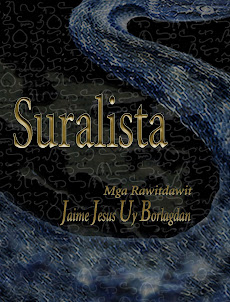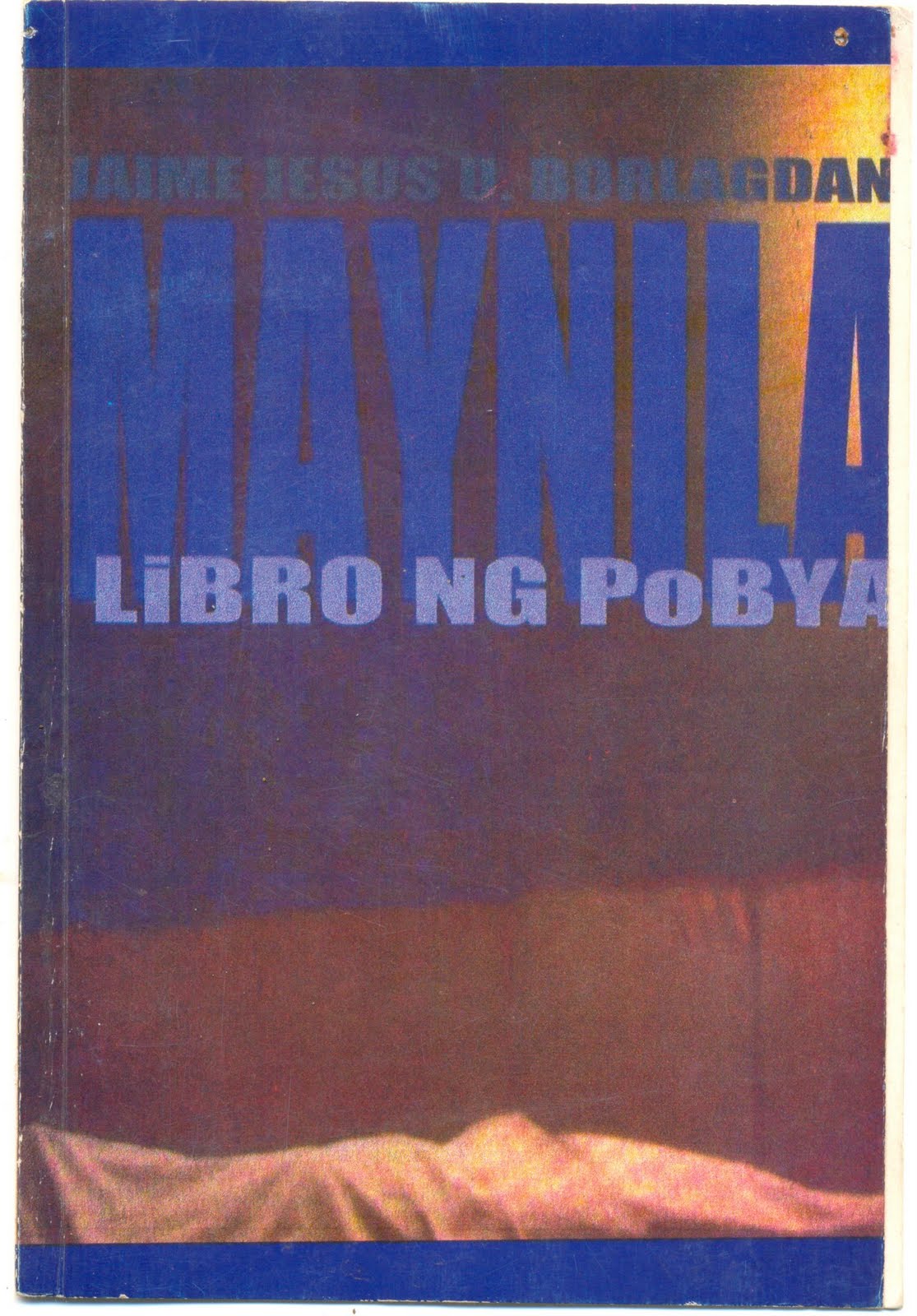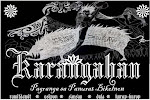“Rumdumon mo ako bilang saro na mata.”
Gotama Budda
Pagnagadan ka, dai mo pag-isipon na malalaom ka sa saimong lawas,
o maghuna na saro ining piyong na may pagka-isi, na maririraw mo pa
an salming kan taul haranihon sa saimong dungo buda an mga dumog na pandok na minadungaw duman.
Dai ka matakot sa atake kan hadit na dai mo na maigigios an saimong kalamias o maidadalagan an saimong bitis o an klastropobya. An mga bagay na ini gabos masaradit.
Dai na pagpirita ta dai mo man kayang hurop-hurupon an katotoohan
na an saimong mga takot mapapara, insigida pakabringka kan bumba
kan saimong pulso, pakakidit kan mga balbula kan saimong puso buda payo.
Pagluminakad ka na parayo sa saimong tuminunong na daghan pasiring sa ibong na kinaban, dai mo ngani dapat isipon na igwang diklom. Ta bako
ini katurog kun sain mangangaturugan ka pa manungod sa kinaban sa itom na telon kan saimong dai pagka-isi.
Ta bako ini paghingalo, an muya ko ngani, isipon mong saro ining pagmata. Arog kan pagmata kan kahoy sa laog, na iyo an minaraot sa pisog; arog kan hinangos na nalaom sa subo, na nabubuhian sa pagputok.
Orog pa sa superstisyon sa ikaduwang buhay o kamurawayan, an pagmate na minaturo pasiring sa sarong estado kan satong kahamanan, sarong perpeksiyon na yaon na satuya, dai pa haman, saro pa sanang pangapudan. Sarong imbitasyon na kan inutob iyo an kagmukna kan mga tawong orog satuya, sarong tangga parani sa Kagurangnan, digdi pa sana sa daga.
Pagmuklat mo sa aldaw na an, sasaparon mo an kun papangaranan: Kawaraan. Ta iyo ini an kun ano an wara sa kagabsan. An gayon sa luwas kan tataramon na “gayon”, an dai duman, an nungka. An sukduhan na mápano, an matao kan satong kabilugan.
Hunyo 27, 2010. Daraga.
Pagmata
Posted by
Jai Jesus Uy Borlagdan
Sunday, August 15, 2010








0 comments:
Post a Comment